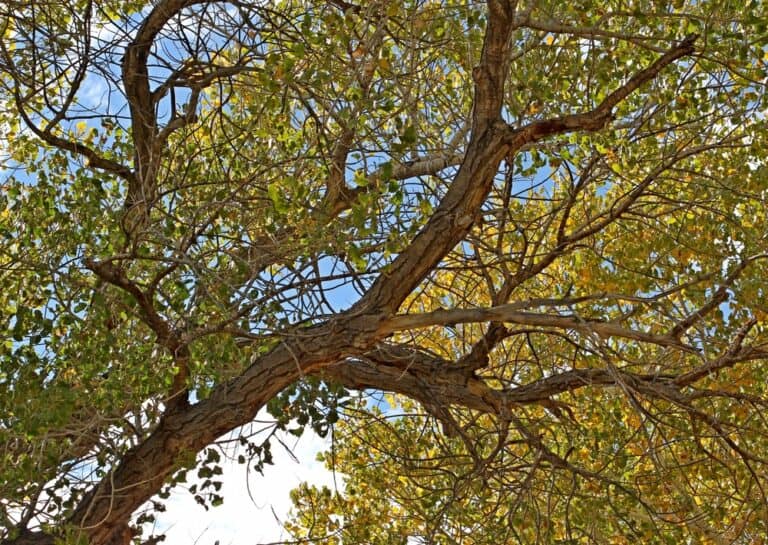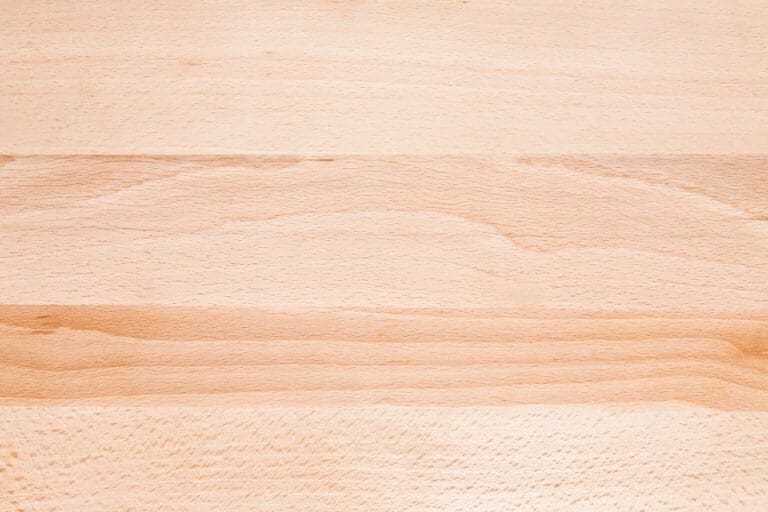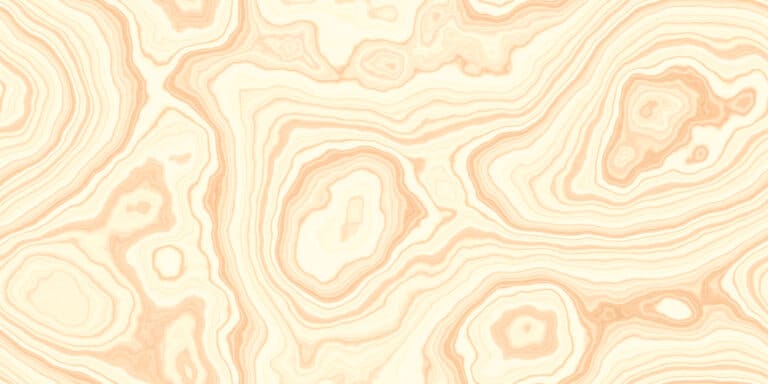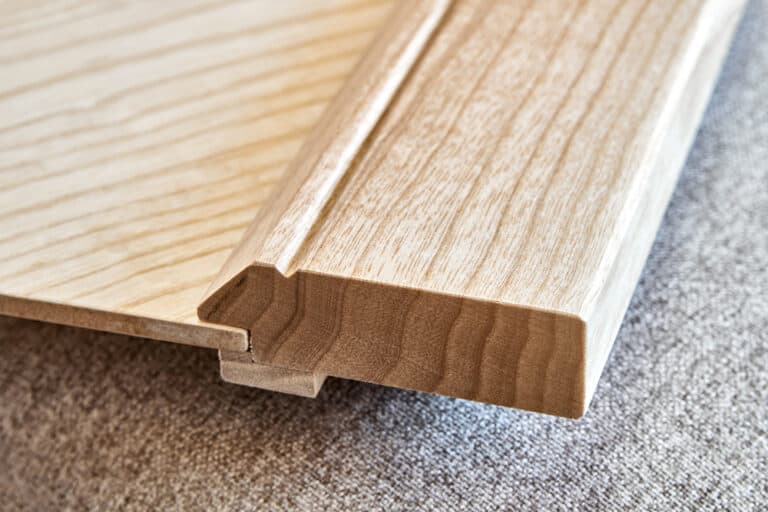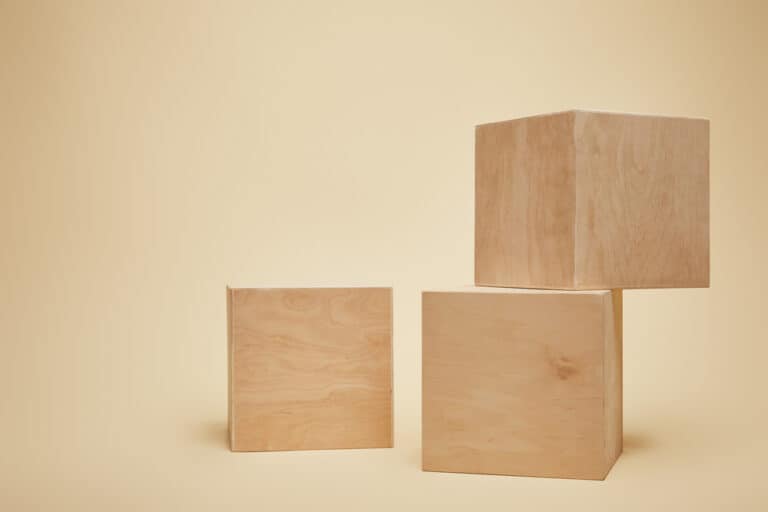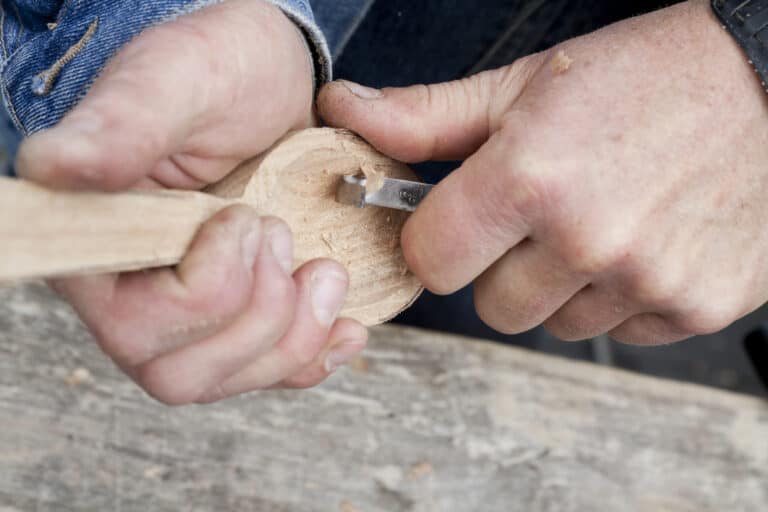Poplar is great for carving. Despite being a hardwood, Poplar is soft and easy to carve. Poplar is capable of incredible detail – and holding that detail – in a way that legitimate softwoods aren’t.
Poplar is easily one of the easier hardwoods to work with and is well suited to beginners.
That said, carving with poplar wood has some drawbacks and downsides. You need to be aware of those issues before you stock up, and there are a couple of other tips and tricks we share with you in the rest of this detailed guide to get the most out of this material.
Shall we get to it?
Recommended: Best Wood For Carving
Poplar Pros:
- Straight Uniform Grain: Makes it easy to carve and allows for clean cuts.
- Softness: As a soft hardwood, it’s easier to work with, especially for beginners.
- High Workability: Good for both hand tools and power carving tools.
- Affordable: Less expensive due to its high availability.
- Lightweight: Easier to handle, especially for smaller projects.
- Attractive Appearance: Has a light cream color with occasional green or grey streaks that can add a unique look to carvings.
Poplar Cons:
- Darkens Under Sunlight: Can change color when exposed to UV light.
- Tool Wear: Carving tools can get dull quickly and need to be well-sharpened.
- Splintering: Tends to break and splinter if tools are not sharp enough.
- No Moisture Resistance: Not ideal for items that will be exposed to moisture.
- Difficult to Stain: Can absorb stains unevenly, requiring pre-stain conditioners for an even finish.
- Fading Over Time: The wood’s appearance can fade, losing its initial attractiveness.
| Pros | Cons |
|---|---|
| Straight uniform grain | Darkens under sunlight |
| Softness (easier to work with) | Tools can get dull quickly |
| High workability | Prone to splintering without sharp tools |
| Affordable | No inherent moisture resistance |
| Lightweight | Difficult to achieve an even stain |
| Attractive appearance | Fades over time |
Types of Carving Poplar is Best For

- Hand Carving: Poplar is great for hand carving since it is soft and has a straight, uniform wood grain that is easy to cut into. It works really well with all the hand carving tools like chisels, gouges, mallets, and knives.
- Whittling: Poplar is also suitable for whittling. It is relatively softer than most hardwoods but still has high strength and durability, which benefits whittling projects.
- Spoon Carving: While Poplar is good for spoon carving due to its uniform grain that allows for clean cuts, it is recommended to use the spoons for decorative purposes rather than functional kitchen use because Poplar is a highly porous wood and can trap food particles, leading to bacterial growth.
- Power Carving: Poplar works well with power tools and has good machinability. Sanders, routers, chainsaws, and other power carving tools can be used effectively with Poplar wood, provided they are well-sharpened to avoid splintering.
- Relief Carving and Chainsaw Carving: Due to its properties, Poplar can be used for more extensive projects like relief carving and chainsaw carving, allowing for a smooth surface and detailed work.
How Good Poplar is For Carving
Poplar is fantastic for carving, especially if you are relatively new to the hobby and are looking for materials that are a little more robust and a little more “resilient” than pine, balsa, and the like.
Here are a couple of reasons why carvers love poplar!
Soft and Easy to Work
For one thing, poplar is incredibly soft as far as hardwood is concerned.
As we mentioned a moment ago, poplar isn’t quite as soft as legitimate softwood options – pine, balsa, etc. – but it isn’t anywhere near as challenging to work or as hard as other hardwoods like oak (and even cherry) can be.
Newbie carvers, in particular, will appreciate just how easy it is to work with this material.
The grain pattern is pretty straight, and the wood isn’t going to fight your carving strokes the way that other hardwoods may have. Instead, you’re going to be able to quickly and consistently remove only the material you want to, all without fear of tear-out or splintering (for the most part).
Allows for Great Detail
Another reason carvers love to work with poplar is that it allows for extreme detail work – we are talking about really tight, really minute details – in a way that other softwoods don’t.
If you try to get finicky and detailed with something like pine, you’re going to notice that the wood seems to fight you every step.
It almost forces you to take out more material than you would have otherwise. Pine (and other softwoods) aren’t friendly with detailed carving techniques.
Poplar, on the other hand, is soft enough to work with that you won’t have to struggle to get those details chiseled in but hard enough to hold those edges and let those details shine.
It’s an exceptional balancing act that poplar pulls off perfectly.
Affordable and Accessible
Of course, it doesn’t hurt that poplar is super affordable and pretty easy to find even in big-box home-improvement and lumbar stores.
It might not be the highest quality poplar on the planet, but it will usually be pretty clear and easy to work with all the same.
This is huge for newbie carvers.
For one thing, as you learn the ropes of carving, you’re going to burn through a bunch of projects with mistakes you likely won’t make again.
Rather than chew up your stock of more expensive wood, you can learn the ropes of carving on something like poplar, produce great results, and still not worry even if your gouge digs a little deeper or you slip while carving.
Secondly, you’ll need to get a lot of “reps” in when learning how to carve.
Being able to stock up on a bunch of poplar wood without breaking your bank account is awesome.
Related: Is Mulberry Wood Good for Carving?
Main Downsides to Carving with Poplar
All that said, there are certainly some downsides to carving with poplar you’ll want to be aware of.
Soft and Bruises Easy
As a softer hardwood, poplar is prone to bruising more than harder hardwoods like oak and walnut.
Even cherry wood is a little “different” than poplar is.
Because of this, you have to be a little more careful with your project. You’ll want to be very deliberate with your carving tools, but you’ll also want to be very deliberate with how you handle your project and that you don’t drop or bump it.
Can Be Prone to Cracking
It’s also important to be deliberate while carving poplar to ensure that you aren’t working along “stress fractures” in the material itself.
Poplar on its own is pretty tough and resilient, but it can be prone to cracking – particularly if that material specifically was dried too quickly. One way to combat this is to soften the wood before carving with it.
When you’re buying from big-box stores that order poplar in bulk quantities, it’s not uncommon for poor-quality control pieces to slip right through and end up in your hands.
Be deliberate in your work, and you’ll be able to limit a lot of those problems.
Sometimes Takes an Uneven Finish
Many people that carve aren’t in love with the natural color of poplar, a gray/yellow sort of piney look.
This means most folks end up staining their project, but poplar is known to produce uneven finishes from different types of stain – oil and water-based alike – if you aren’t careful.
Again, you need to be careful, and you need to be deliberate. But you also need to move rather quickly, or you’ll end up with a finish you don’t love.
Recommended Projects for Poplar

- Decorative Carvings:
- Wall art or plaques
- Decorative boxes or chests
- Picture frames
- Ornaments and figurines
- Relief Carving:
- Signs with raised or recessed letters
- Decorative panels for furniture
- Architectural details like moldings or appliqués
- Sculptural Carving:
- Abstract sculptures
- Animal figures
- Busts or other representations of figures
- Practical Items (for decorative use):
- Spoons or bowls (not recommended for food use due to porosity)
- Bookends
- Candle holders
- Educational Projects:
- Practice blocks for trying out different carving techniques
- Simple shapes for teaching carving basics to beginners
- Toys and Puzzles:
- Wooden puzzles
- Toy cars or animals
- Dollhouse furniture
- Whittling Projects:
- Small figurines
- Whistles
- Walking sticks or canes
Closing Thoughts
Foolishly affordable, superabundant, sustainable, and easy to work with, Poplar is one of the top options for newbies to use as training wheels when learning to carve before they move on to more challenging materials.
If you’re just getting started with carving, or if you want to practice or experiment with new wood carving techniques, a pile of poplar will be your best friend.
Make sure you always have some on hand!
